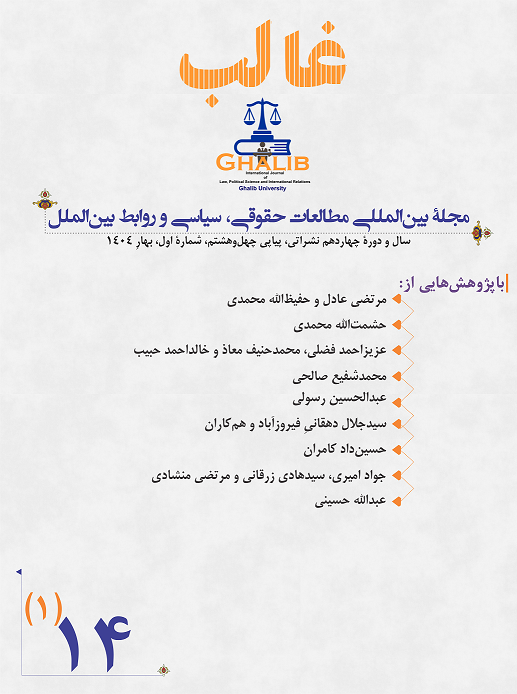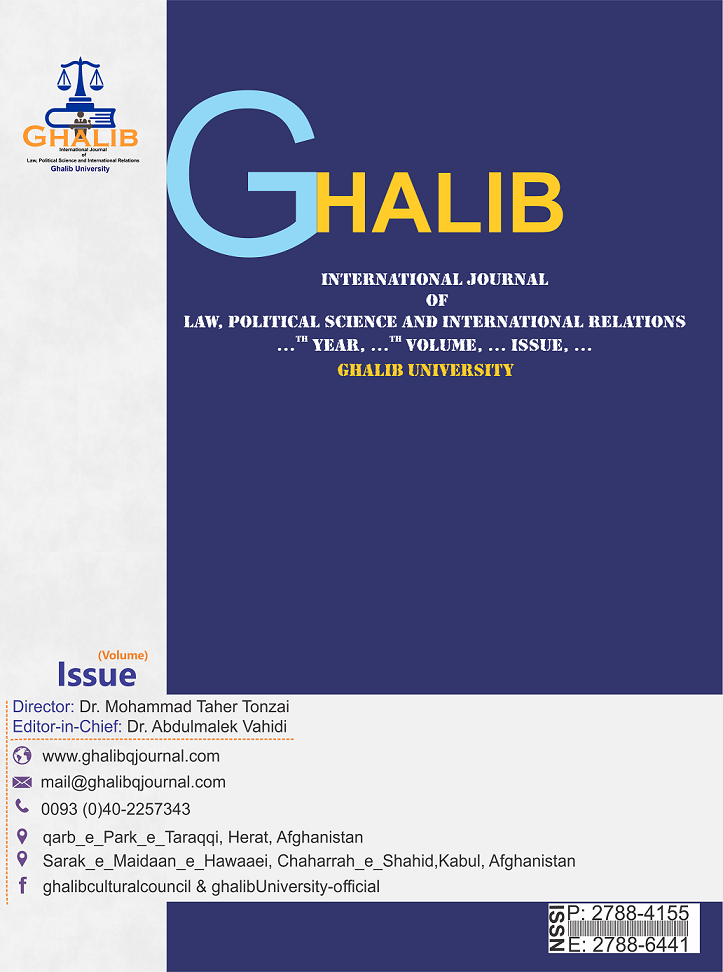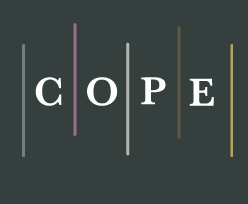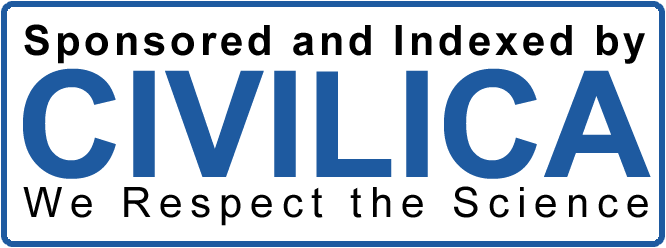Issues and Challenges of Local Governance in Afghanistan: A Critical Review of the 2001–2020 Period
DOI:
https://doi.org/10.58342/ghalibqj.V.13.I.4.11Keywords:
Local Government, Afghanistan, Governance, Decentralization, Corruption, Provincial Administration, State-buildingAbstract
This study critically examines the structural, institutional, and operational challenges that have hindered the development of effective local governance in Afghanistan during the 2001–2020 period. The problem addressed is the persistent weakness of subnational governance despite extensive international and domestic efforts. The importance of this research lies in the vital role that local government plays in service delivery, accountability, and public trust—core elements for long-term stability. The study aims to identify and analyse key barriers to establishing accountable and functional local governance. The research questions focus on identifying the main obstacles to effective local government between 2001 and 2020. Methodologically, this is a qualitative, descriptive study based entirely on secondary sources such as academic literature, policy reports, and institutional assessments. The study is confined to the (2001–2020) period and examines local governance at the provincial, district, and community levels. Findings indicate that institutional fragmentation, political interference, weak capacity, and donor-driven policy inconsistency have critically undermined decentralization efforts. The study concludes that without strategic reforms and a genuine commitment to decentralization at a local governance level, Afghanistan’s long-term local governance capacity will remain fragile.
References
Afghanistan Central Statistics Organization. (2019). Afghanistan Statistical Yearbook 2018-19. Kabul: CSO.
Afghanistan Research and Evaluation Unit. (2016). Political economy of local governance in Afghanistan. AREU.
Afghanistan Constitution. (2004). The Constitution of Afghanistan.
Barfield, T. (2010). Afghanistan: A cultural and political history. Princeton University Press.
Barakat, S., & Larson, A. (2011). Fragile states: Stabilization and development in Afghanistan. Routledge.
Faguet, J. P. (2014). Decentralization and governance. World Development.
Goodhand, J., & Sedra, M. (2010). Who owns the peace? Aid, reconstruction, and peacebuilding in Afghanistan.
International Crisis Group (ICG). (2006). Countering Afghanistan's insurgency: No quick fixes (Asia Report No. 123).
Lister, S. (2007). Understanding state-building and local government in Afghanistan. AREU.
Lister, S. (2007). Understanding State-Building and Local Government in Afghanistan. London: London School of Economics.
Lister, S. (2005). Caught in Confusion: Local Governance Structures in Afghanistan. Kabul: AREU.
Lister, S., & Nixon, H. (2006). Provincial Governance Structures in Afghanistan: From Confusion to Vision? Kabul: AREU.
Nixon, H. (2008). Subnational state-building in Afghanistan. AREU.
Nixon, H. (2007). The Changing Face of Local Governance? Community Development Councils in Afghanistan. Kabul: AREU.
Organisation for Economic Co-operation and Development. (2020). States of fragility 2020: OECD report. OECD Publishing. https://doi.org/10.1787/ba7c22e7-en
Rubin, B. R. (2006). Peace building and state-building in Afghanistan: constructing sovereignty for whose security? Third World Quarterly.
Rubin, B. R. (2013). Afghanistan from the Cold War through the War on Terror. Oxford University Press.
SIGAR (Special Inspector General for Afghanistan Reconstruction). (2020). Quarterly Report to the United States Congress. Arlington, VA: SIGAR.
Shah, A. (2006). Corruption and decentralized public governance. World Bank Policy Research Working Paper No. 3824.
Shah, A., & Thompson, T. (2004). Implementing decentralized local governance: A treacherous road with potholes, detours and road closures. World Bank Policy Research Working Paper No. 3353.
Treisman, D. (2007). The architecture of government: Rethinking political decentralization. Cambridge University Press.
United Nations Assistance Mission in Afghanistan. (2021). Afghanistan: Protection of civilians in armed conflict – Annual report 2020. UNAMA.
United Nations Development Programme (UNDP). (2011). Human Development Report 2011 – Sustainability and Equity: A Better Future for All. New York: UNDP.
United Nations Development Programme (UNDP). (2004). Local governance in Afghanistan: A UNDP perspective.
United Nations Development Programme (UNDP). (2011). Human Development Report 2011: Sustainability and Equity. New York: UNDP.
World Bank. (2017). Afghanistan development update. World Bank Group.
Wilder, A. (2015). A new approach to local governance in Afghanistan. United States Institute of Peace.
Wilder, A. (2015). A New Approach to Local Governance in Afghanistan. United States Institute of Peace (USIP), Special Report No. 365. Washington, DC: USIP.
World Bank. (2017). Progress in the Face of Insecurity: Improving Health and Education in Afghanistan. Washington, DC: World Bank.
World Health Organization (WHO). (2019). Afghanistan Annual Report 2019. Geneva: WHO.
World Bank. (2018). Afghanistan living conditions survey 2016–2017.
World Bank. (2012). Afghanistan in Transition: Looking Beyond 2014. Washington, DC: The World Bank.
Published
How to Cite
Issue
Section
License
Copyright (c) 2025 عبدالله حسینی

This work is licensed under a Creative Commons Attribution 4.0 International License.













